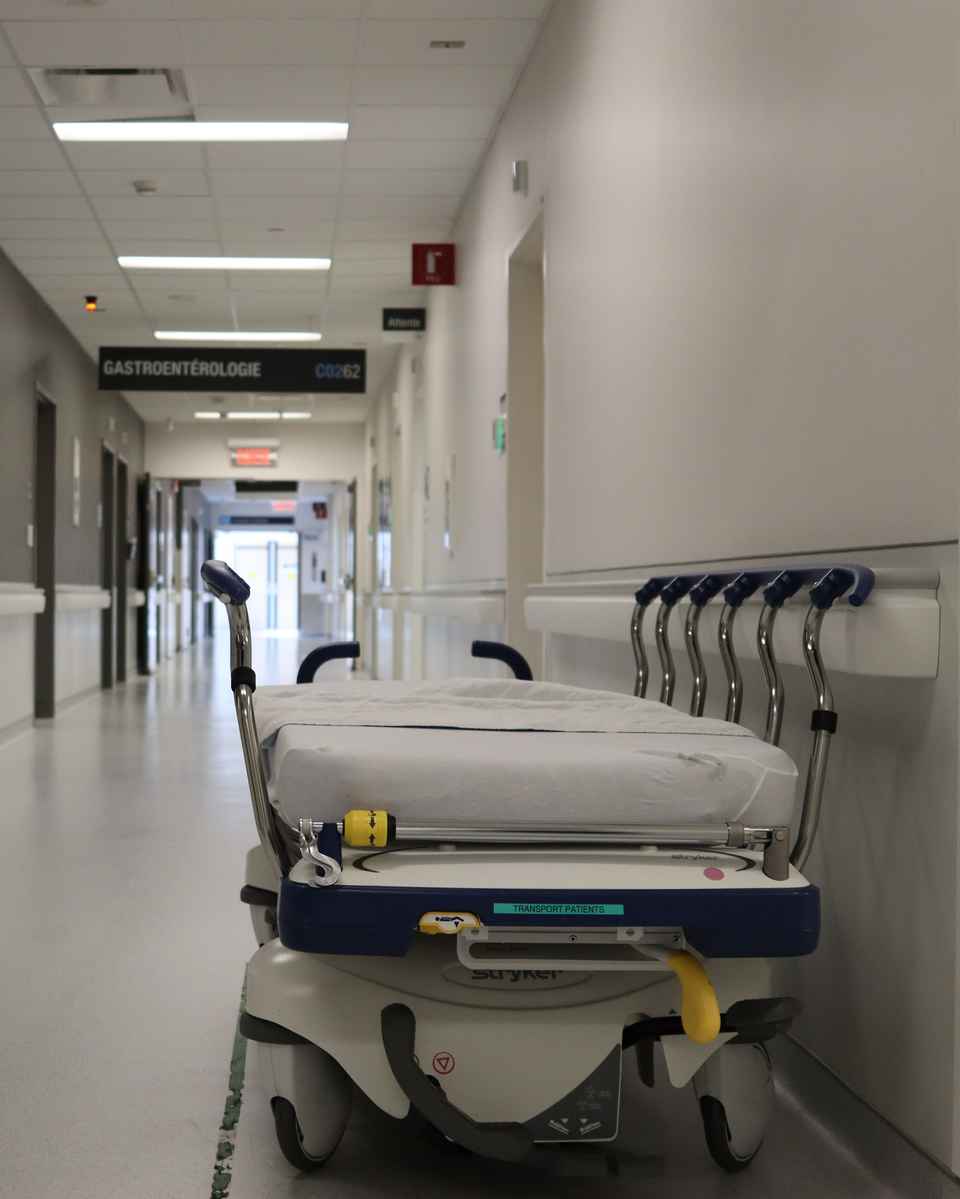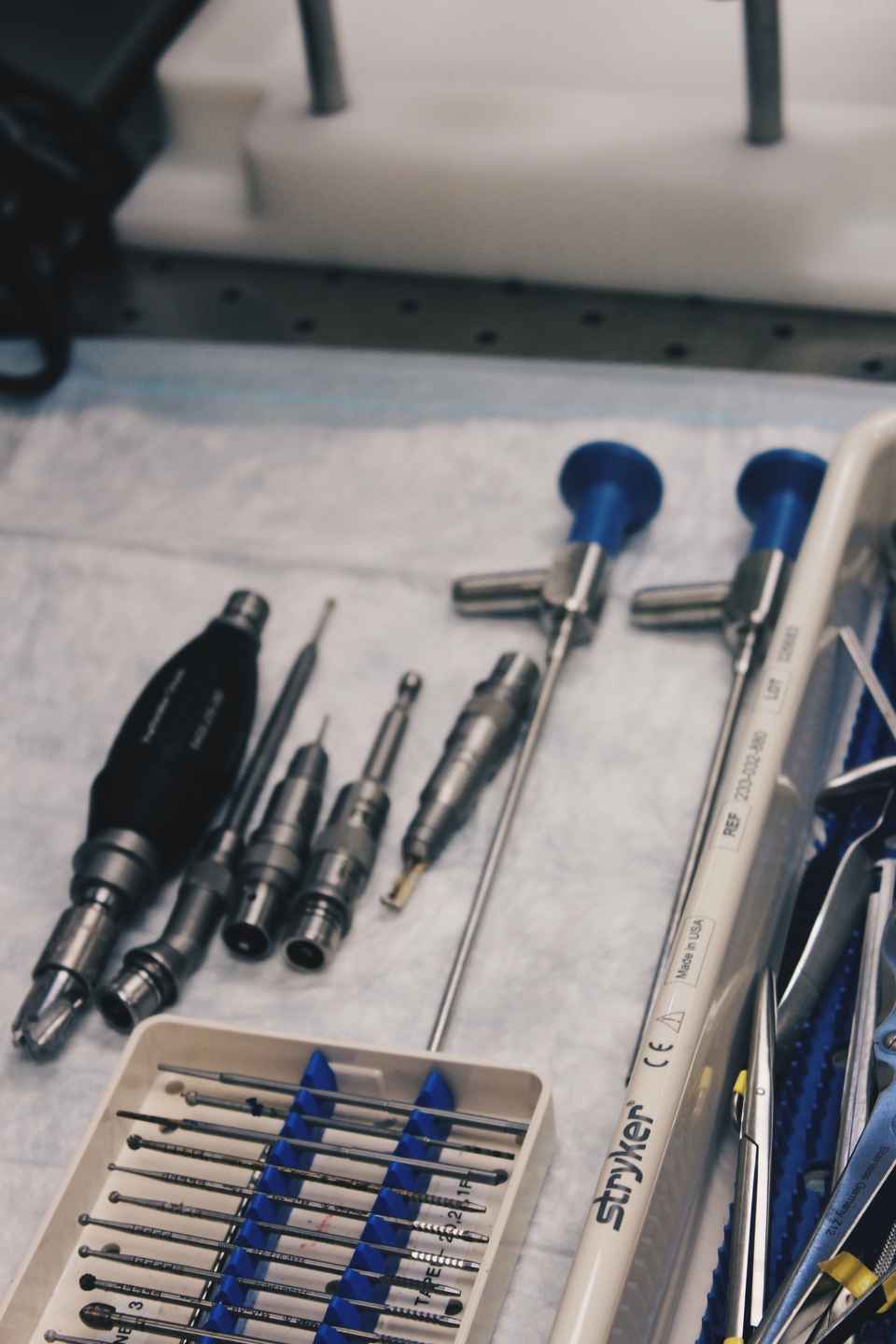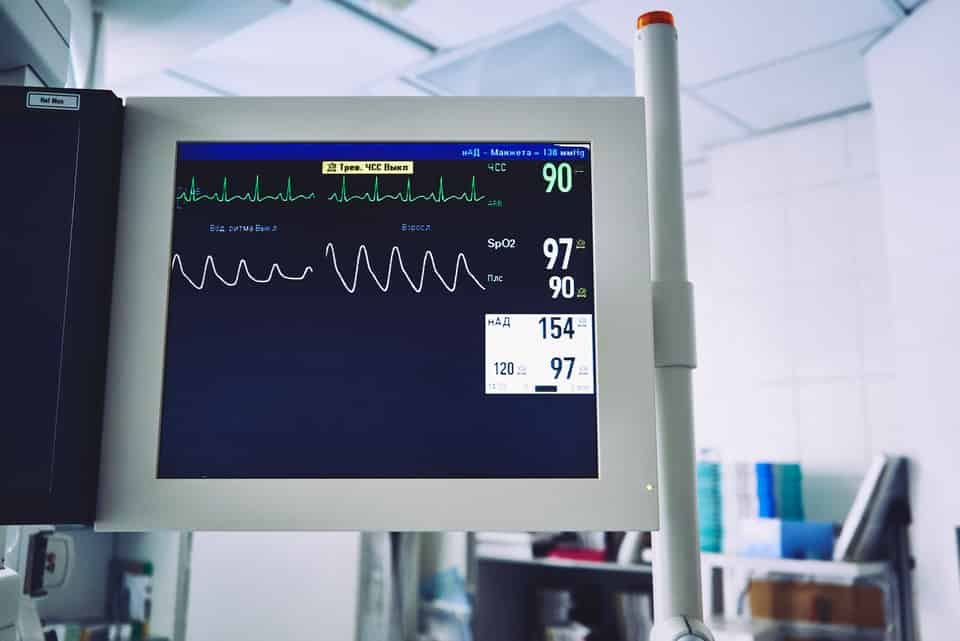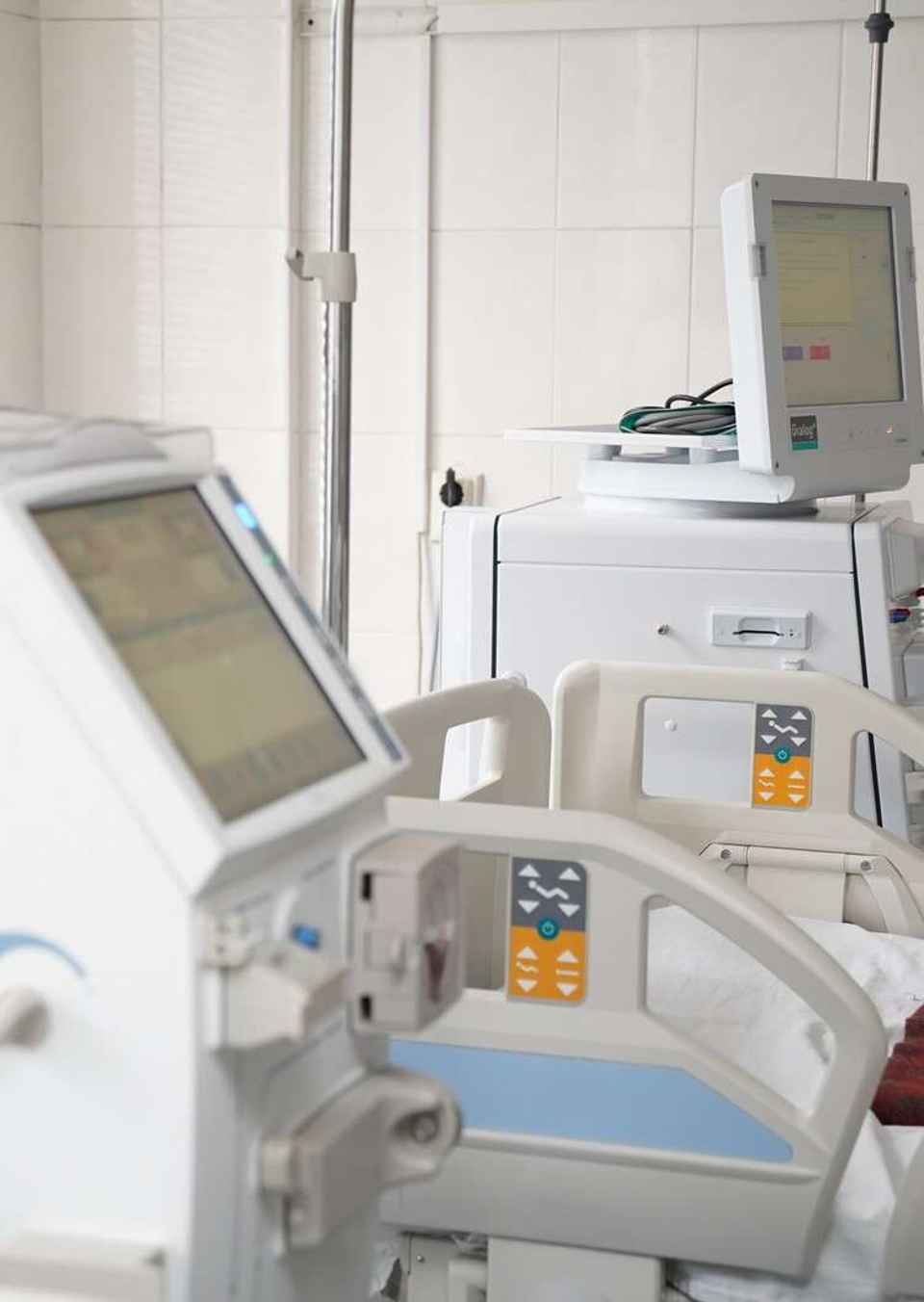Hospital and healthcare asset tracking
At Lyngsoe Systems we provide solutions for asset tracking in hospitals and healthcare facilities. We supply technology and knowledge to improve healthcare organizations in various countries. In the last 10 years we have supplied Aarhus University Hospital, NHS Lothian and Royal Cornwall Hospitals NHS Trust with asset tracking solutions that have been expanded to fulfill more customer needs and deliver more benefits. Dive into our solutions that ensure the tracking of multiple assets in hospitals. Learn about our hospital asset tracking software that provides you with a clear overview of your assets. Read more about the features or contact us for more information.
Discover our X-Tracking™ use cases
Bed Tracking
Bed tracking and bed management are both crucial in hospitals. Learn about the difference and how to maximize your hospitals bed utilization.

Sterile Goods Tracking
Efficient sterile goods management is critical in hospitals to ensure timely patient care. Learn how to minimize delays and optimize efficiency

Medical Devices Tracking
Tracking mobile medical devices is crucial in busy hospital environments. Categorizing devices based on risk helps prioritize their management.

Safety Equipment Tracking
Safety equipment in hospitals. Efficient tracking of these items ensures safe mobility and minimizes the risk of infections.

Why choose Lyngsoe Systems’ hospital asset tracking?
The reason our solutions stand out in the industry is our utilization of combined technologies with focus on RFID technology, which offers unparalleled benefits when tracking thousands of assets in hospitals. RFID, or radio-frequency identification, employs wireless communication through radio waves to automatically and precisely identify and track assets. Unlike traditional barcode systems, RFID tags contain microchips capable of storing data and antennas for transmitting information to RFID readers. This innovative technology ensures:
- Efficient asset management: RFID enables real-time access to critical data from multiple devices, ensuring swift decision-making round-the-clock.
- Streamlined operations: Reduce time spent searching for medical devices and beds, optimizing workflow efficiency and enhancing resource allocation.
- Maximized equipment utilization: Increase the utilization rates of medical devices, minimizing unnecessary procurement and operational costs.
- Enhanced patient experience: Reduce patient wait times and appointment cancellations, leading to improved satisfaction and care quality.
- Improved emergency response: Better prepare for incoming patients in A&E departments, ensuring timely and effective care delivery.
- Accurate tracking of safety equipment: Maintain precise location records for safety equipment, ensuring compliance with regulatory standards and enhancing patient safety.
- Regulatory compliance: Easily meet regulatory requirements with comprehensive tracking and reporting capabilities, minimizing risks and ensuring standards adherence.
- Data-driven decision making: Access live and historic data for informed planning, budgeting, and resource allocation, facilitating strategic decision-making and process optimization.
By choosing Lyngsoe Systems' hospital asset tracking solutions, you utilize RFID technology on a large scale that improves asset management, enhances operational efficiency, and elevates patient care standards. Experience the effectiveness of RFID in optimizing healthcare operations and ensure better patient outcomes.
At Lyngsoe Systems we are the preferred supplier of hospital asset tracking. You may read about our solutions in the following or contact us for more information.

X-Tracking™: Improved hospital logistics with RFID asset tracking
Lyngsoe X-Tracking™ stands at the forefront of hospital asset tracking software, empowering hospitals and healthcare facilities with real-time monitoring and management capabilities. Our comprehensive platform seamlessly integrates RFID and other tracking technologies, offering precise asset tracking throughout hospital environments. From single departments to multiple hospitals, X-Tracking™ ensures efficient asset tracking, facilitating streamlined operations and enhanced patient care.
Designed as a robust hospital asset tracking system our software X-Tracking™ provides healthcare asset tracking solutions tailored to the unique needs of healthcare facilities. With its intuitive interface and advanced features, including healthcare resource tracking , X-Tracking™ delivers unparalleled visibility and control over hospital assets and resources and paves the way for automating healthcare operations.
Experience the power of RFID asset tracking in healthcare with Lyngsoe X-Tracking™. Our solutions are setting new standards for efficient and reliable hospital logistics management.
Transforming Healthcare with RFID Technology
Our case stories speak for themselves, but feel free to dive into our loyal customers’ positive RFID and real time tracking experiences.
Call us now for free hospital asset tracking insights
Now is the perfect time to take action and learn more about our RFID solutions for the healthcare sector. Our experts are standing by to provide you with all the information you need to make an informed decision about implementing RFID technology in your healthcare facility. Don't hesitate, call us now and take the first step towards optimizing your operations with our cutting-edge solutions.
Everything in Healthcare
Optimizing healthcare operations with RFID technology
Struggling with lost equipment or inefficiencies? Find out how RFID solutions can improve visibility, compliance, and care delivery. Learn more.
Bridging industries - From Healthcare to the Wider Supply Chain
Discover how our healthcare expert, Andy James, is taking his hospital and healthcare X-Tracking™ experience and applying it to the wider supply chain.
The integral role of RTLS in healthcare digital transformation
Real time tracking solutions are playing an integral part in the healthcare sector’s continual move to digital platforms alongside their digital transformation initiatives. Learn more.
Understanding AI's Potential: Our Collaboration with Aalborg University
Lyngsoe Systems A/S and Aalborg University's Department of Computer Science have teamed up on the AI4SD project to explore AI's real-world impact on software development.
RFID vs. BLE: competition or collaboration
Greater than the sum of their parts, RFID and BLE technologies become an unstoppable force when combined to support a diverse range of sectors. Learn more now.
Improving patient outcomes with RFID
A force for good – how RFID tracking technology solutions are revolutionizing the healthcare industry and positively impacting patient outcomes. Learn more now.
